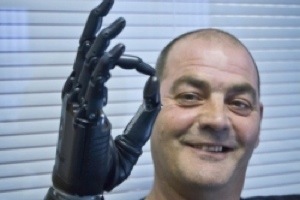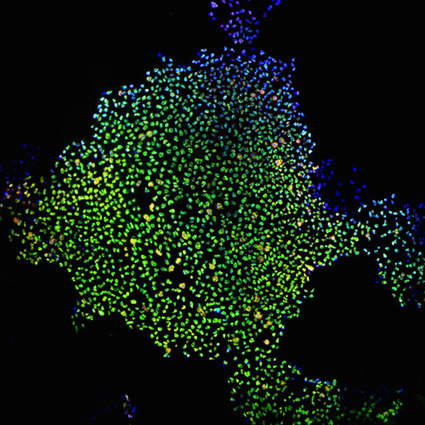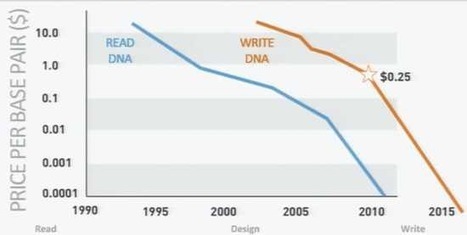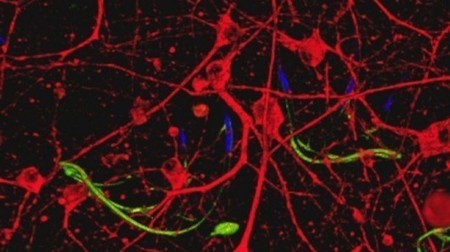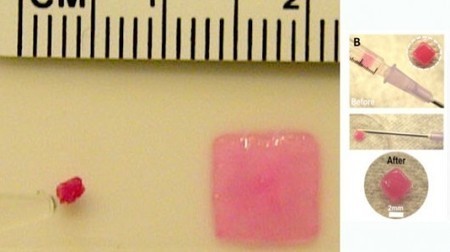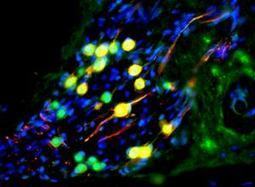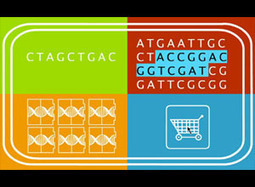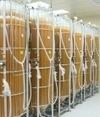Researchers at Columbia Engineering have developed a new "plug-and-play" method to assemble complex cell microenvironments that is a scalable, highly precise way to fabricate tissues with any spatial organization or interest -- such as those found in the heart or skeleton or vasculature.
The study reveals new ways to better mimic the enormous complexity of tissue development, regeneration, and disease, and is published in the March 4 Early Online edition of Proceedings of the National Academy of Sciences (PNAS).



 Your new post is loading...
Your new post is loading...



